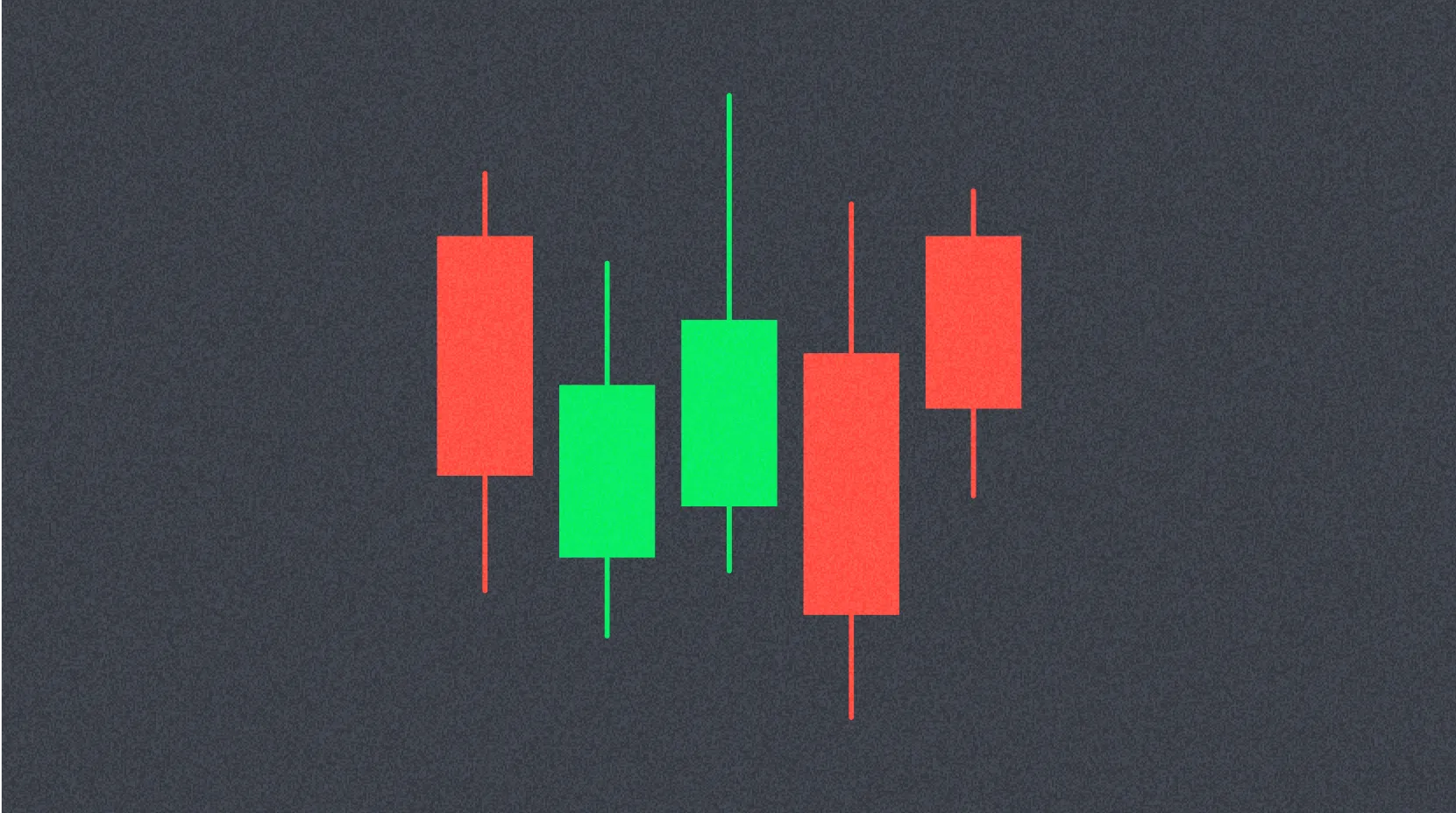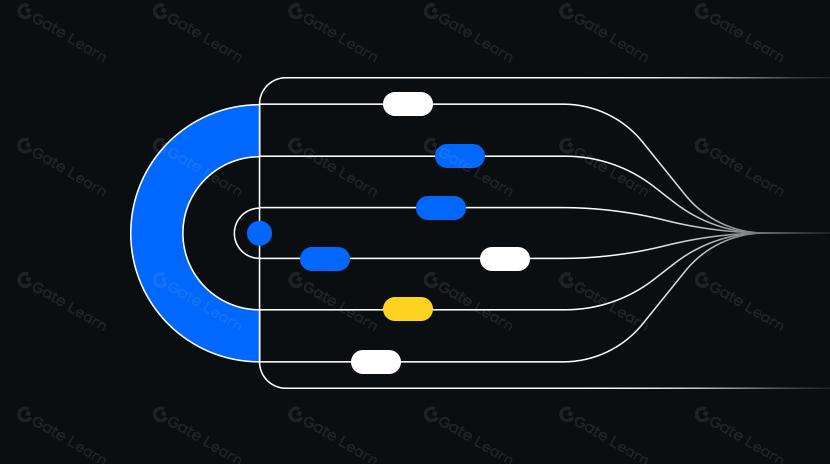amm

Automated Market Makers (AMMs) are decentralized trading protocols that have revolutionized how cryptocurrency trading operates. Unlike traditional exchanges that rely on order books to match buy and sell orders, AMMs utilize mathematical algorithms and liquidity pools to enable automatic pricing and trade execution. This innovative mechanism allows users to trade without waiting for counterparties, providing critical infrastructure for the decentralized finance (DeFi) ecosystem and significantly improving market efficiency and liquidity. The emergence of AMMs has solved liquidity problems faced by early decentralized exchanges, enabling anyone to participate in market making and lowering barriers to market entry.
Work Mechanism: How does Automated Market Maker work?
Automated Market Makers operate primarily through constant function market maker models, relying on smart contracts and liquidity pools:
-
Liquidity Pools: AMM platforms maintain pools of token pairs supplied by users, such as an ETH/USDT pool containing reserves of both tokens.
-
Constant Product Formula: Most AMMs (like Uniswap) use an x*y=k formula, where x and y represent the quantities of the two tokens in the pool, and k is a constant. When users trade, the system ensures the product remains equal to k after the transaction.
-
Price Determination: Token prices are entirely determined by the ratio of assets in the pool, following principles of supply and demand. When a user buys a token from the pool, that token's relative price increases.
-
Slippage Mechanism: Larger trades cause significant price movements (slippage), which is an integral price discovery mechanism in AMMs and also one of their main limitations.
-
Liquidity Provision: Users can provide equal values of token pairs to the pool, receiving liquidity tokens representing their share, and earn returns from trading fees.
What are the main features of Automated Market Maker?
-
Perpetual Liquidity:
- AMMs operate 24/7 without requiring active counterparties
- Trades of any size can be executed immediately, limited only by slippage
- No order depth issues, as markets always maintain liquidity
-
Technical Characteristics:
- Smart contract-driven, fully automated operation
- No centralized custody required, assets remain on-chain
- Open-source code allows for auditing and innovation
- Strong composability, supporting seamless integration with other DeFi protocols
-
Economic Model:
- Liquidity providers earn returns from trading fees
- Impermanent loss risk (when asset price movements cause pool holdings to be worth less than holding assets separately)
- Arbitrageurs help maintain price alignment with external markets
-
Use Cases:
- Decentralized trading (no KYC or centralized custody required)
- Initial distribution and liquidity provision for new tokens
- Stablecoin swaps (low-slippage, high-efficiency exchanges)
- Support for innovative financial products (flash loans, yield farming, etc.)
Future Outlook: What's next for Automated Market Maker?
AMM technology is rapidly evolving, with future developments likely to include:
-
Capital Efficiency Optimization: Concentrated liquidity models (like Uniswap V3) allow liquidity providers to supply funds within specific price ranges, significantly improving capital efficiency.
-
Multi-layer Solutions: Layer 2 scaling solutions will reduce gas fees and increase transaction speeds for AMMs, making smaller trades more economically viable.
-
Cross-chain Liquidity: Aggregation and seamless trading between different blockchain networks will become a focus area, reducing fragmentation issues.
-
Algorithm Improvements: New mathematical models addressing impermanent loss are being developed to protect liquidity providers and enhance market efficiency.
-
Institutional Adoption: As DeFi matures, more institutional-grade AMM solutions are expected to emerge, including compliance tools and advanced risk management features.
-
Real-world Asset Integration: AMM models are likely to extend to tokenized physical asset trading, such as real estate, commodities, and traditional financial assets.
Automated Market Makers have become foundational infrastructure for decentralized finance, greatly enhancing liquidity and accessibility in cryptocurrency markets. Despite challenges including impermanent loss, slippage, and regulatory uncertainties, the pace of AMM innovation continues to accelerate. As the technology matures, AMMs are progressively addressing these issues and are poised to play an increasingly important role in the future financial system, bridging traditional and decentralized financial worlds.
Share
Related Articles

In-depth Explanation of Yala: Building a Modular DeFi Yield Aggregator with $YU Stablecoin as a Medium

Exploring 8 Major DEX Aggregators: Engines Driving Efficiency and Liquidity in the Crypto Market
